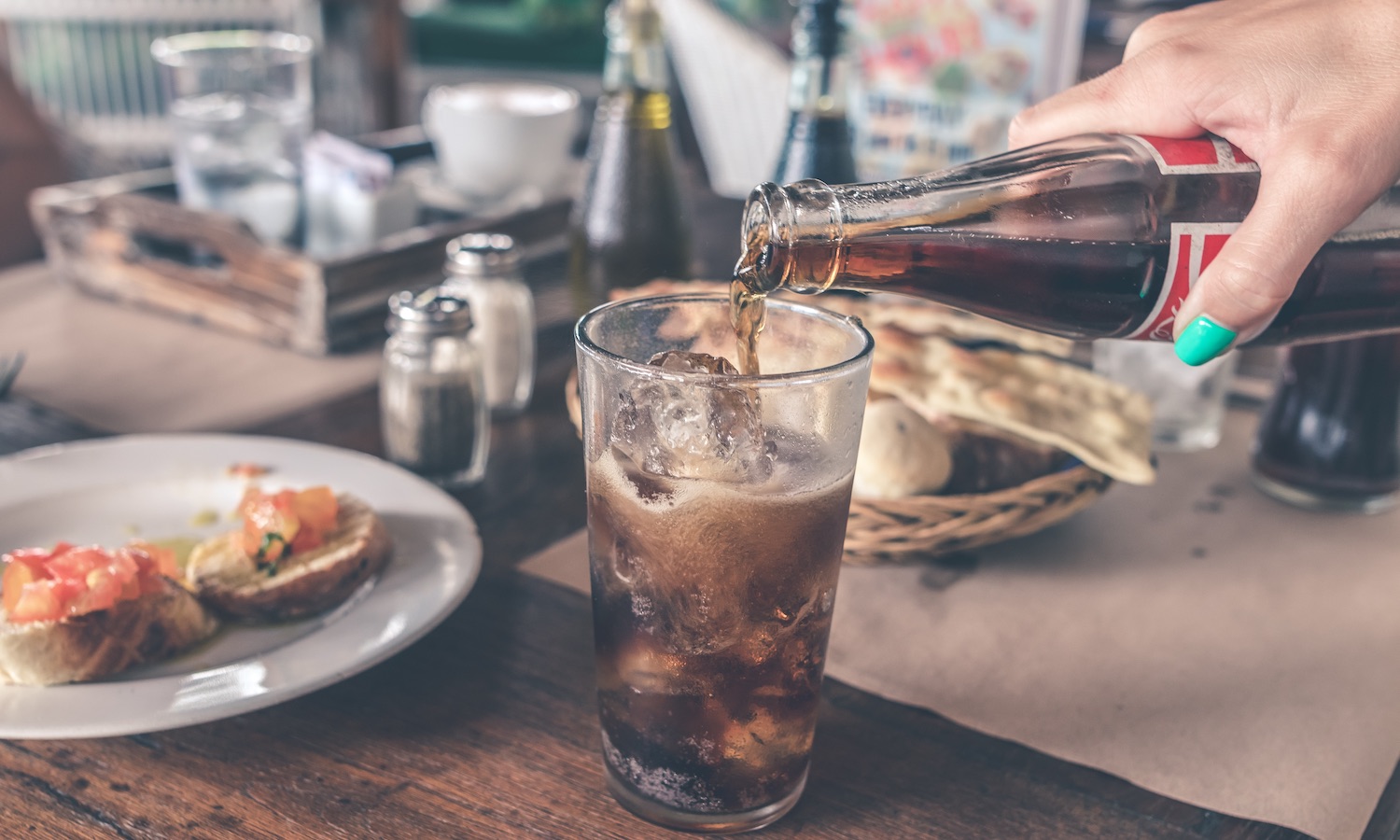Soda taxes are being implemented around the globe — a response to what the World Health Organization deems a global health crisis as obesity rates and cases of diabetes increase at alarming rates. To try to combat these crises, public health advocates and policymakers from individual cities in the United States and entire countries around the world have overcome political and industry opposition to enact and enforce taxes on sugar-added beverages.
“From the evidence so far, there doesn’t appear to be a negative economic impact,” Dr. Sara Bleich, Professor of Public Health Policy at the Harvard Chan School of Public Health, told Food Tank in an episode of “Food Talk with Dani Nierenberg.” “[Soda taxes are] an enormous health win… if I had to pick a handful of [policy goals], one of them would be sugary beverages.”
The following seven cities and countries have shown that soda taxes can be an effective means of reducing the consumption of sugary beverages.
1. Berkeley, California
Berkeley, California was the first city in the U.S. to implement a soda tax in 2015. At US$0.01 per 28.3g (1 ounce), the excise tax has decreased soda sales year after year. During its first year of implementation, sales dropped in Berkeley by 21 percent, a University of California, Berkeley study reported. The same study also found a 29 percent increase in water consumption. In 2019, the same researchers followed up on their first study. In the city’s poorest neighborhoods, they found that residents purchased 52 percent fewer sugary beverages in the three years since the tax took effect.
2. Chile
Chile not only imposed a sugar-sweetened beverages tax of 18 percent in 2014, a rate that led to a 3.4 percent decrease in sales of soda and industrialized juice drinks in its first year. The country also restricts the advertising of unhealthy foods to children, banned junk food in schools, and requires extensive food package labeling. One-third of Chilean adults and 44.5 percent of children are obese or overweight according to the Organization for Economic Cooperation and Development (OECD). This is the second-highest rate among OECD countries, second only to the United States. Chile’s robust anti-sugary beverage laws have resulted in a 27.5 percent decline in calories purchased and a 25.1 percent decline in sugar consumption according to a study published in 2020.
3. England
Britain’s 2018 soda tax garnered success before it ever went into effect. In order to avoid the £.18 (US$.22) tax on beverages with 5–8g of sugar per 100ml or the £.24 (US$.29) for beverages with more than 8g of sugar per 100ml, soda companies reduced the amount of sugar in their products. The lower sugar content in sodas resulted in a 28.8 percent decrease in sugar consumption, according to Public Health England. Research suggests that at this rate obesity in Britain could fall by 144,000 cases. There could also be 19,000 fewer diabetes cases per year.
4. Mexico
The government of Mexico imposed a Mex$1 (US$.05) per liter tax on all non-alcoholic beverages with added sugar in 2014. Researchers at the Mexican National Institute of Public Health and the University of North Carolina surveyed more than 75,000 households in the years after the tax went into effect. They found purchases of taxed beverages decreased by 5.5 percent in 2014 and 9.7 percent in 2015. As soda purchasing decreased, the purchase of non-taxed drinks like bottled water increased by 16 percent, according to the same study. Mexico’s soda tax is the subject of the forthcoming film “El Susto.”
5. Navajo Nation (Arizona, New Mexico, and Utah)
Native Americans in the U.S. are 50 percent more likely to be obese than non-Hispanic Whites, according to the U.S. Department of Health and Human Services. They are also almost 3 times as likely to have diabetes. In 2014, The Navajo Nation passed the Healthy Diné Nation Act (HDNA) to place a 2 percent tax on sugar-sweetened beverages and high-salt, high-fat, and high-sugar snacks. The soda tax was coupled with a campaign to educate communities about food and exercise, as well the removal of a 5 percent tax on fruits and vegetables. Researchers at the Navajo Epidemiology Center found that the HDNA led to the taxation of US$90 million worth of soda and junk food. The tax revenue supports public health and veterans programs. Additionally, 45.5 percent of Navajo said their “perception [of food’s impact on health] changed because the HDNA policy’s goal is to address health concerns on the Navajo Nation.”
6. Philadelphia, Pennsylvania
In 2017, the City of Philadelphia, Pennsylvania implemented a tax of US$.015 per 28.3g (1 ounce) on sugary beverages. As a result, selling soda costs about 30 percent more for beverage companies and the costs are passed down to consumers. A recent study published in the medical journal JAMA measured the change in sugary beverage sales in and around Philadelphia between 2016 and 2017. The study found that while there was an increase in soda sales in areas just outside of Philadelphia not subject to soda taxes, the decrease in sales within Philadelphia was much greater. The study found there was still an overall reduction in sales of 38 percent.
7. Seattle, Washington
At the start of 2018, Seattle, Washington levied a tax of US$0.0175 per 28.3g (1 ounce) tax on sugar-sweetened beverages with at least 40 calories per 240.2 grams (12 ounces). In just six months, the city took in US$10 million. In the first year, the tax generated US$21 million. During the same time period, researchers at the University of Illinois at Chicago found a 30.5 percent decrease in sales compared to 2016 and 2017. The tax’s largest impact was on the purchasing of family-sized packages of soda and juice, which saw a 31 percent $decrease in sales. The revenue generated from soda taxes helps fund public health initiatives and social services in Seattle.













